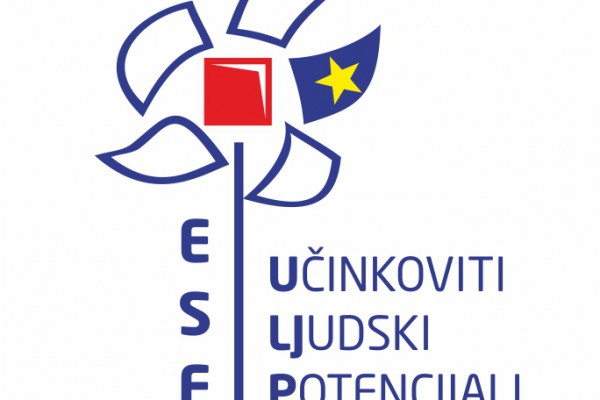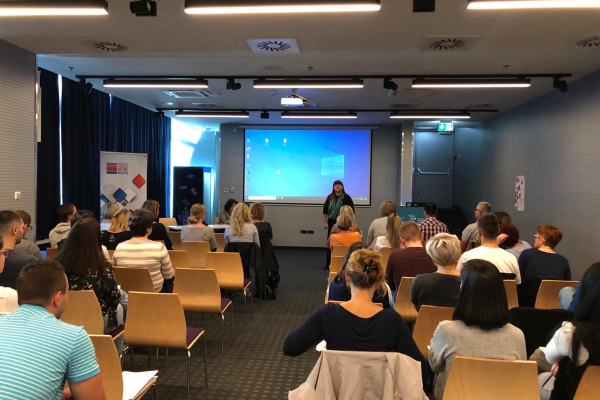The Croatian Institute of Emergency Medicine (CIEM) has ensured financing from the European Structural and Investment Funds for two projects, Continuous professional training of emergency medicine workers and Specialist training for medical doctors.
Ten million kuna in grants has been ensured for the project Continuous professional training of emergency medicine workers, which will train a large number of professionals over the next four years, increase the number of national instructors and improve the training equipment. The aim of the project is to carry out a more detailed analysis of contents in existing training programmes, to define new contents according to the requirements of good medical practice for emergency medicine, to revise the existing contents and to align them with the latest guidelines, to create educational materials in accordance with new content and to form new training programmes and exercises according to which emergency medicine system workers will be trained.
Through the implementation of the project Specialist training of medical doctors, over the next five years county institutes of emergency medicine will receive 54 emergency medicine specialists. According to the data available to CIEM, only 102 of a total of 708 pre-hospital teams T1 include emergency medicine specialists, and almost half of them (46%) are employed in the Educational Institute of Emergency Medicine of the City of Zagreb and the Primorje-Gorski Kotar county institute of emergency medicine. The project Specialist training of medical doctors will attempt to change this negative trend and enable a more even distribution of specialist knowledge at the national, local and regional level, as well as on the level of primary, secondary and tertiary health care. The objective of this project is to improve access to health care in less attractive, rural and underdeveloped areas by providing a sufficient number of emergency medicine specialists, which will gradually reduce patient referral to hospitals and ensure greater efficiency in providing primary health care services.



